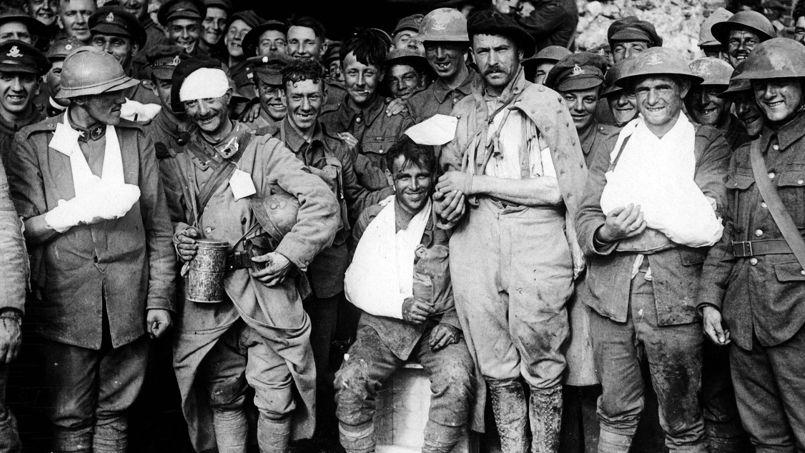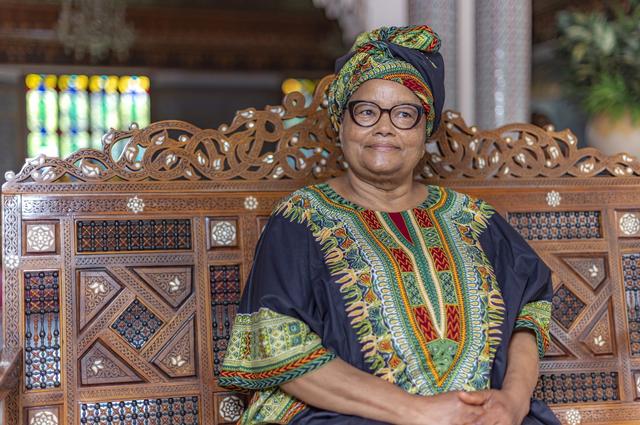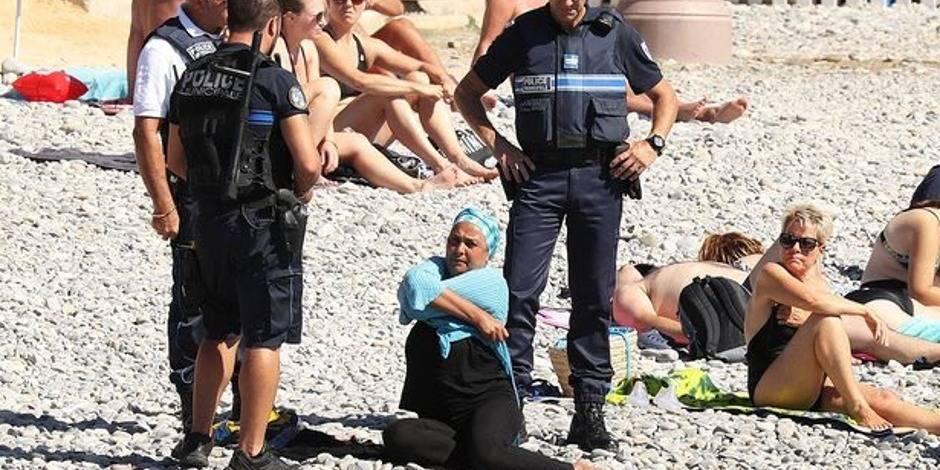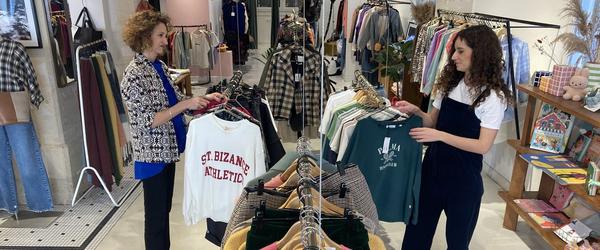The wounded of the Great War
Here is the seventh part of our series dedicated to Tarn-et-Garonnais echoes of the Great War known as "14-18"
Behind the figures, a terrible assessment
Out of a total population of 39 million inhabitants, the number of French military wounded during the First World War can be estimated at more than 3.5 million, including more than 1 million invalids (amputees, mutilated, blind, deaf, gulesbroken).The symbolic march of a thousand mutilated at the head of the parade of July 14, 1919 in Paris is also in all memories.
Military parking strategies, the war of the trenches and the increasingly advanced and systematic use of "modern cannons", make that the injuries by explosions and bursts of buses represent almost 2/3 of the attacks far ahead of injuries By ball, by stabbing weapon or later by the so -called mustard gas. The affected soldiers have fractures and gaping wounds, head, trunk, upper and lower limbs. Injury of a new kind, on which doctors and surgeons grop. Perforations of the abdomen or chest are the most deadly, whether or not there was surgical intervention. And the infections, "sparkling gangrene", septicemia, very frequent, take the wounded in a few hours. However, great progress will be made during the war to treat in time and effectively the most urgent or dramatic cases, in terms of radiology, restorative surgery, grafts, equipment, without forgetting the generalization of antiseptic treatments.
The "pretenses" of injuries
For the mobilized, whether or not they have already experienced the fire test, not all injuries are created equal.There are those that can allow them to be far from the front.Neither too serious nor too light, they are called "fine injuries".Very often accidental, they were sometimes sought after, during the enemy attacks or by voluntary mutilation.As if it were more "livable" than the hell of the trenches and even though these soldiers knew the fate that would be reserved for them if they were suspected: a certain death, put on the front line or shot.
How to forget also the wounded without injuries, the "conveniences" who, in front of the deluge of iron and fire, and at the sight of their shredded companions, developed terror or daze.The military medical profession little sensitive to these traumas has taken them for a time for simulators before having a name on this evil: the "shell" or "wind of the shell".The diagnoses will be refined over the years, these soldiers being more quickly transferred to specific establishments, but without that they are really able to relieve them of their ills, once returned to the front or returned to civil life.
The evacuation or the obstacle course
In the first months of war, priority is to evacuate all the wounded far from the combat areas.However, the structures implemented by the army health service quickly prove to be insufficient, and the method is detrimental to the proper treatment of the wounded.Gradually, the care system is reorganized.The hairy receives first aid on the front, in the emergency stations, where the diagnosis is made, a dressing, or even an emergency amputation, then are sorted and sent to specialized ambulances or evacuation hospitals.Only are folded back to the rear hospitals, the wounded to which transport will not make them run any risks, but which have serious sufficient lesions so as not to return to the front.
What injured?
Hospitals in Place de Montauban see crossing men from all French regions, not only people from the South.The wounded of the troops of North Africa or the triple understanding, like these Russian soldiers in treatment in Montauban until May 1917, were grouped in well identified structures.A situation shared with the German prisoners of war, who receive equivalent care for French soldiers, insofar as the state pays the corresponding day allowances to hospitals.France applies against them the International Convention of The Hague relating to the treatment of prisoners of war, especially as they constitute a currency.returned to their homes in exchange for an equal number of French wounded ”.
The reception and care chain in Tarn-et-Garonne

The mobilization plan deployed from the declaration of war of August 1, 1914 provides for the increase in the capacities of military or mixed hospitals as well as the operation of temporary hospitals.In the department, the Directorate of the Health Service of the 17th Army Corps directs operations.
In Montauban, the Saint-Jacques mixed hospital, which has military districts, is appointed as a large surgery hospital.Improved and mechanotherapy, sterilization devices are installed there, and several surgeons operate there.But the initial device is insufficient in the face of the influx of soldiers: in addition to the requisitioned civil pavilions, baraquests are located in the gardens in 1914. The number of beds assigned to the army goes more than triple, going from 106 beds in timefrom peace to more than 330 beds.
Temporary or complementary hospitals, under the authority of the army, were set up in August 1914, in the main cities of the department, Montauban, Castelsarrasin, Moissac.The premises requisitioned are very often educational establishments (500 beds are thus installed in the high school of boys, rue du Balat-Biel in Montauban), hospices or military buildings, such as the Banelsarrasin Banel barracks.In charge of the injured and patients who do not require technical gestures or specialized medical advice, or to continue the treatments prescribed at the mixed hospital.
Their filling follows the rhythm of the great offensives, as Marcel Sémézies notes during the battles of the Chemin des Dames: "April 18 (1917): night watch in the hospital (...) The cars arrive one by one, all loaded with largeWounded lying.The hospital is filled.It's our biggest arrival since the start. ”
In these moments, convoys of sanitary trains arrive at Montauban station.The soldiers are then distributed in the various hospitals in the place, depending on the severity of their condition.The big wounded are directed to the Mixed Hospital of Montauban to be operated on, the others share the places expressly released by the health service.In general, the hairy, often barely healed, must go out to make room for others.
The conditions are far from enviable for the injured as for the care staff. Establishments have to face shortages of all kinds (transport, food, materials, drugs). The day's price allowance for sick and injured soldiers paid by the military authority is judged over time insufficient and fiercely renegotiated. But the biggest difficulty facing the lack of staff, especially since no one had prepared for such a long effort. Between the mobilizations of practitioners and nurses, the resignations of devoted staff but subject to overwork, it is difficult to find substitutes. “July 12 (1916): bad week in the hospital. We have five large injured in danger; Many nurses, many nurses sent to the front. The nucleus that remains is visibly overcome. We would need reinforcement and we don't have one. ” (Semezies)
The local population did not wait to offer its services.Women of religious communities or civil society, formed by the Red Cross as a volunteer nursing assistant ensure material, emotional, spiritual care that the wounded need; men contribute to logistical and transport tasks.
Private generosity also knows how to structure itself, with the rapid appearance of so-called auxiliary hospitals, managed by the French Red Cross, but also volunteer hospitals, in municipalities or in individuals.These establishments, located in a village hall, a hospice, a castle, a factory, must satisfy certain constraints imposed by the army, but mainly operate on their own resources.
The campaign of accommodation requests for the indigent convalescents or from the occupied or overseas areas, which cannot go home for the permission of seven days to which every man leaving the hospital, also receives an echofavorable to families who register in their town hall to offer cottage and covered.At the end of 1914, nearly 2,000 beds available were identified in the department.
At the back, the possibility of a daily daily
These very marked commitments must not minimize the effort conceded by everyone to improve the ordinary alit. We already bring what we have on hand: household linen (bed sheets, clothes) is frequently collected; Terrian owners provide, one to eat, others to drink. We also respond to the multiple solicitations of war works, the vast majority dedicated to wounded soldiers and prisoners. In each municipality, traditional mutual aid companies or new charitable associations organize quests, kermesses, raffles to collect money. These collections mainly serve the health facilities of the department, but sometimes benefit the northern hospitals welcoming Soldiers du Midi. As for the national charity days, devoted to military and civilian victims, they also met with success, like the day of the proven war on September 26, 1915.
Professional and civil servants committees are also mobilized.Thus, the Press Dames Committee dedicated to the supplies of the injured soldiers who arrived at Montauban station.The secular teaching staff, gathered in the university assistance committee to the wounded, pays 2 % of their monthly treatment, to buy "woolles, socks, knitting, nose cache, plastrons, shirts, handkerchiefs, towels, sandals, etc. ”, but also games, gifts for Christmas, viatics with restful convalescents, cigars, jams, etc. The sources of distractions are also sought, for soldiers whose stay is only punctuated by offices andreligious festivals or military weapons.Charitable or patriotic companies organize concerts or plays, press bodies distribute for a few weeks of reading.
At the level of the public authorities, the municipalities regularly deliberate to allocate a share of the budget to the injured, the department and the State associate with the departmental rescue committee for the injured military.Prefect and sub-prefects give voice to dramas and emergency, requesting for example the railway companies to obtain the half-carrier to the families of the wounded or the goods intended for them.
Towards recognition of their condition
The finished war, the wounded soldiers, demobilized, return to their lives before, when they can.
Their sequelae, physical or psychological, sometimes prevent them from facing the eyes of people.They are often also unable to exercise their profession, even though a valid workforce also returns to the market.
The associative mutual aid between wounded, already existing during the conflict, experiences a very strong dynamic in the post-war period.Unions of veterans, aid to the wounded, broken gules, are very present in the public and political ground to make their demands heard. Financial competence, repair of the damage suffered, full employment, and acquisition of suitable equipment constitutetheir main complaints.
The French state, liable to these sacrificed men, then tries to supplement theirdifestia.As early as 1916, a law established "reserved jobs" in the administrations for the reformed soldiers for infirmities contracted during the war.The same year, the National Office of Mutiles and Reformed War was set up.Dedicated to their professional reintegration, he subsidizes rehabilitation centers turned towards the learning of craft or agricultural professions.In 1919, they obtained a disability pension.The office, the premix of the current ONAC, will therefore stop paying homage and recognize the commitment, the sacrifice, the suffering of these thousands of soldiers who fought for the freedom of France.








